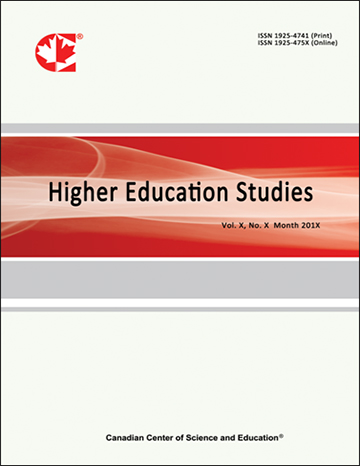Post-Earthquake Trauma Levels of University Students Evaluation: Example of 6 February Kahramanmaras Earthquake
- Erol Kocoglu
- Fatima Betul Demir
- Uiku Ulukaya Oteles
- Ender Ozeren
Abstract
The earthquake, which affected the south and southeast of Turkey (approximately 10 provinces) on February 6, 2023, brought many devastating consequences. Earthquakes, which occur in all geographies of the world in variable time periods depending on the characteristics of the geological structure, cause many extraordinary situations and consequences for humanity. This situation and results require people defined as disaster victims to struggle with psychological problems arising from the effects of the event. Based on this, this study aims to determine the post-earthquake trauma levels of university students who experienced and were affected by two earthquakes that took place nine hours apart on February 6, 2023, where the districts of Pazarcık (Earthquake intensity 7.7) and Elbistan (Earthquake intensity 7.6) in Kahramanmaraş province of Turkey were the epicenters. intended to be evaluated. In the study, which was carried out with the quantitative research method and the survey model, criterion sampling, one of the purposive sampling methods, was used to determine the research group. Data were collected with the "personal information form" created by the researchers and the "post-earthquake trauma level determination scale" developed by Tanhan & Kayri (2013). Unlike many studies on the extent of the earthquake that took place, it can be said that as a result of this study, which aims to examine the psychological and mental state of earthquake victims, many remarkable results such as the fact that the trauma levels of female earthquake victims are higher than that of men.
- Full Text:
 PDF
PDF
- DOI:10.5539/hes.v13n2p121
Index
- AcademicKeys
- CNKI Scholar
- Education Resources Information Center (ERIC)
- Elektronische Zeitschriftenbibliothek (EZB)
- EuroPub Database
- Excellence in Research for Australia (ERA)
- Google Scholar
- InfoBase
- JournalSeek
- Mendeley
- Open Access Journals Search Engine(OAJSE)
- Open policy finder
- Scilit
- Ulrich's
- WorldCat
Contact
- Sherry LinEditorial Assistant
- hes@ccsenet.org
